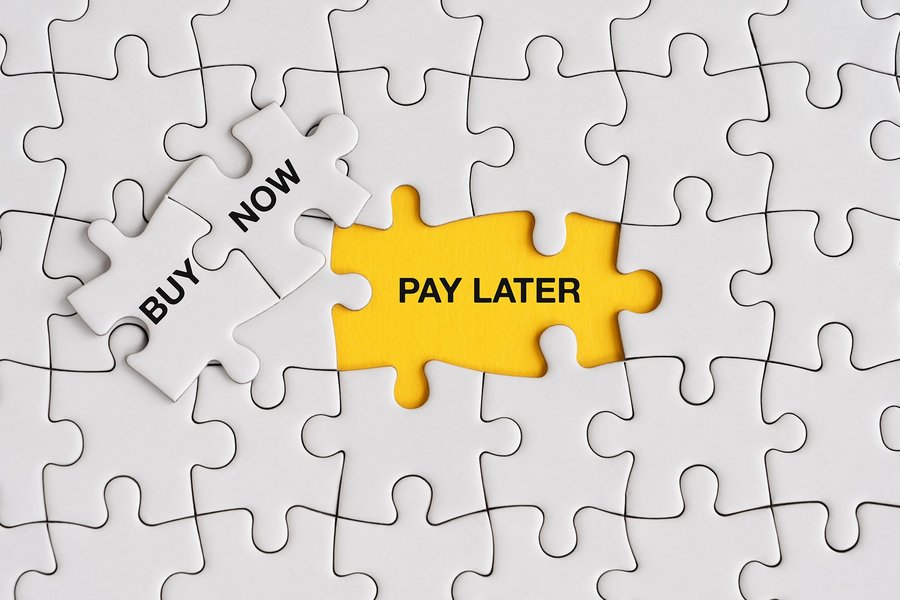The convenience of cash
Cash remains indispensable for several reasons. “People trust cash and the value it represents,” says Holger Ziegler, Head of Strategy and Market Intelligence in the Currency Technology business of G+D. Some people hoard it because it gives them security and independence from banks in an era of low interest rates, as well as the anonymity and immunity from cyberattacks that it offers. Others like the convenience of cash payments and how easy it makes budgeting. Even in the most advanced digital payment countries, such as Sweden, users of cash are pushing back, pressuring the government to force banks and at least some retailers to continue to accept cash.
Cash looks set to remain relevant for many consumers thanks to its convenience, familiarity and utility. At the same time, digital payments are becoming ever more established and entrenched. Digital payments are helping overcome geographic barriers, such as between Indonesia’s many islands, which present challenges for managing cash and card distribution. Markets like these are leapfrogging from cash straight to digital payments and largely missing out the card payment stage altogether.
Digital payments also have much to offer the circa 30% of the global adult population which is still unbanked. Almost everyone has a mobile phone these days, which means electronic money can spread financial inclusion at historic rates. In Africa, some telcos have established a role in electronic money, such as the successful MPesa mobile money solution, which facilitate unprecedented access to payments for the unbanked and for cross-border payments in Kenya. Mobile payments based on bar codes or QR codes are increasingly popular in China and many emerging markets.
Digital payments are getting easier still. “There are even solutions where the mobile phone can be the POS itself and you don’t need the classical payment terminal or card,” says Barnabás Ferenczi, Head of Strategy & Marketing in the Smart Card and Digital Payment business of G+D. In large parts of Asia, and especially China, digital payments are becoming the default. Today, just under half of in-store purchases in China are made via a digital wallet, way above the levels in developed markets. Increasingly, these are being handled by recent disruptors, notably Alipay and WeChat.
The big technology players will continue to make inroads via their platforms, notably Alipay and WeChat Pay, used by more than 90% of adults in the major Chinese cities.1 Outside China, the “Pay” mobile wallet apps of Google, Samsung Pay and Apple are all fighting to grow their share of payments.




